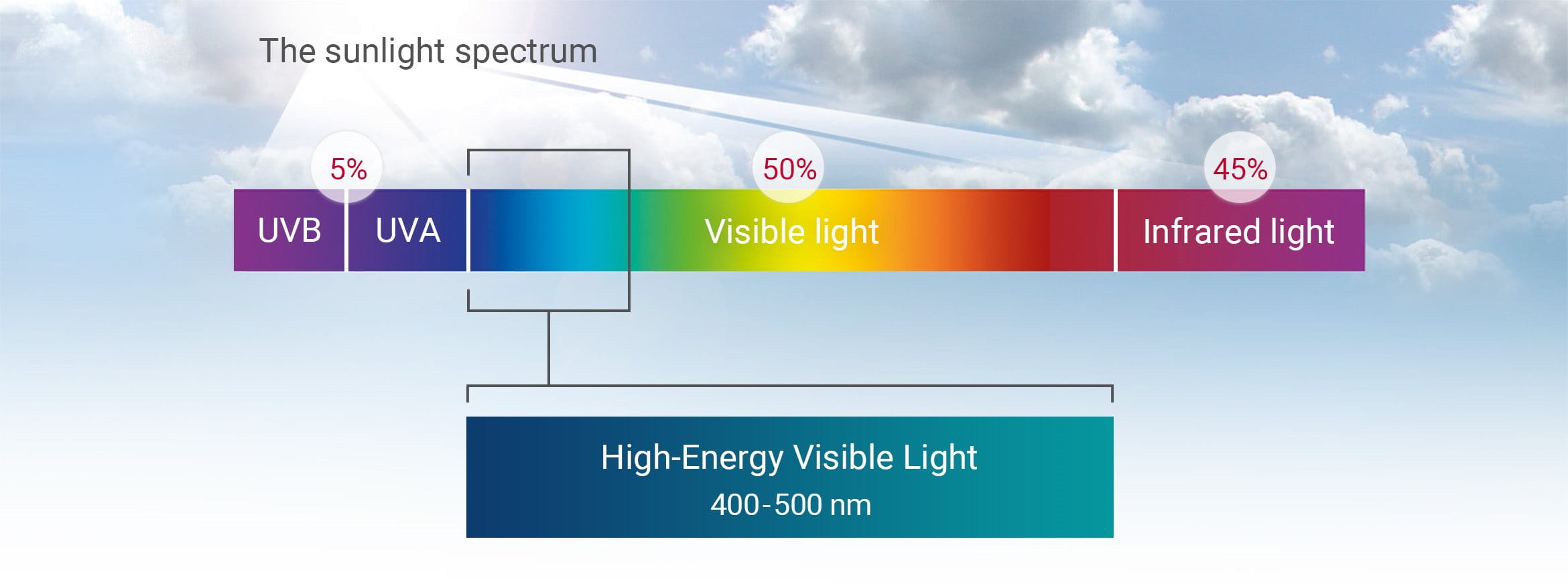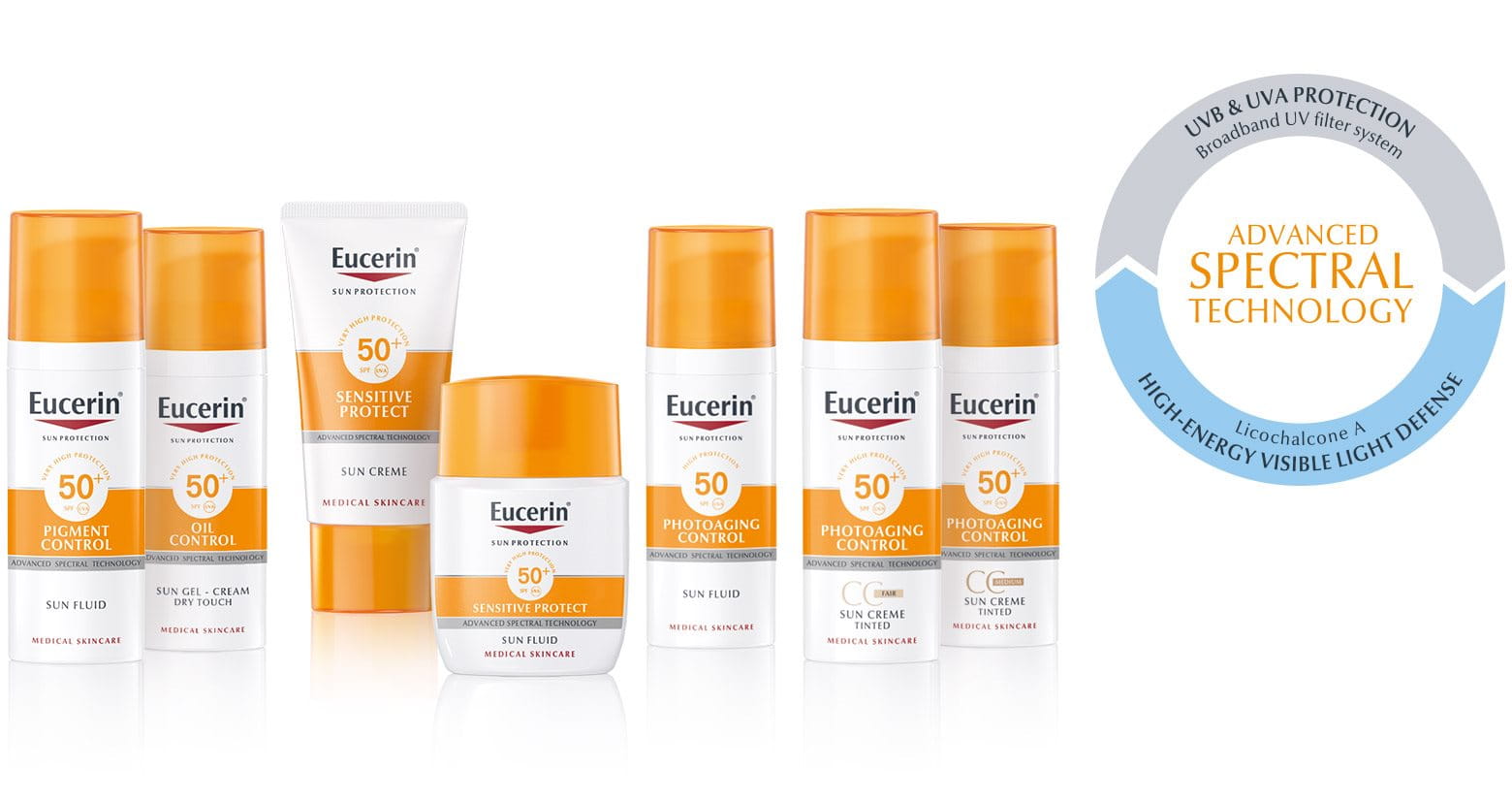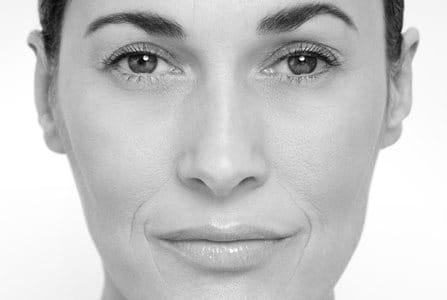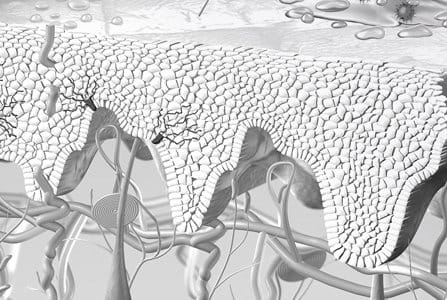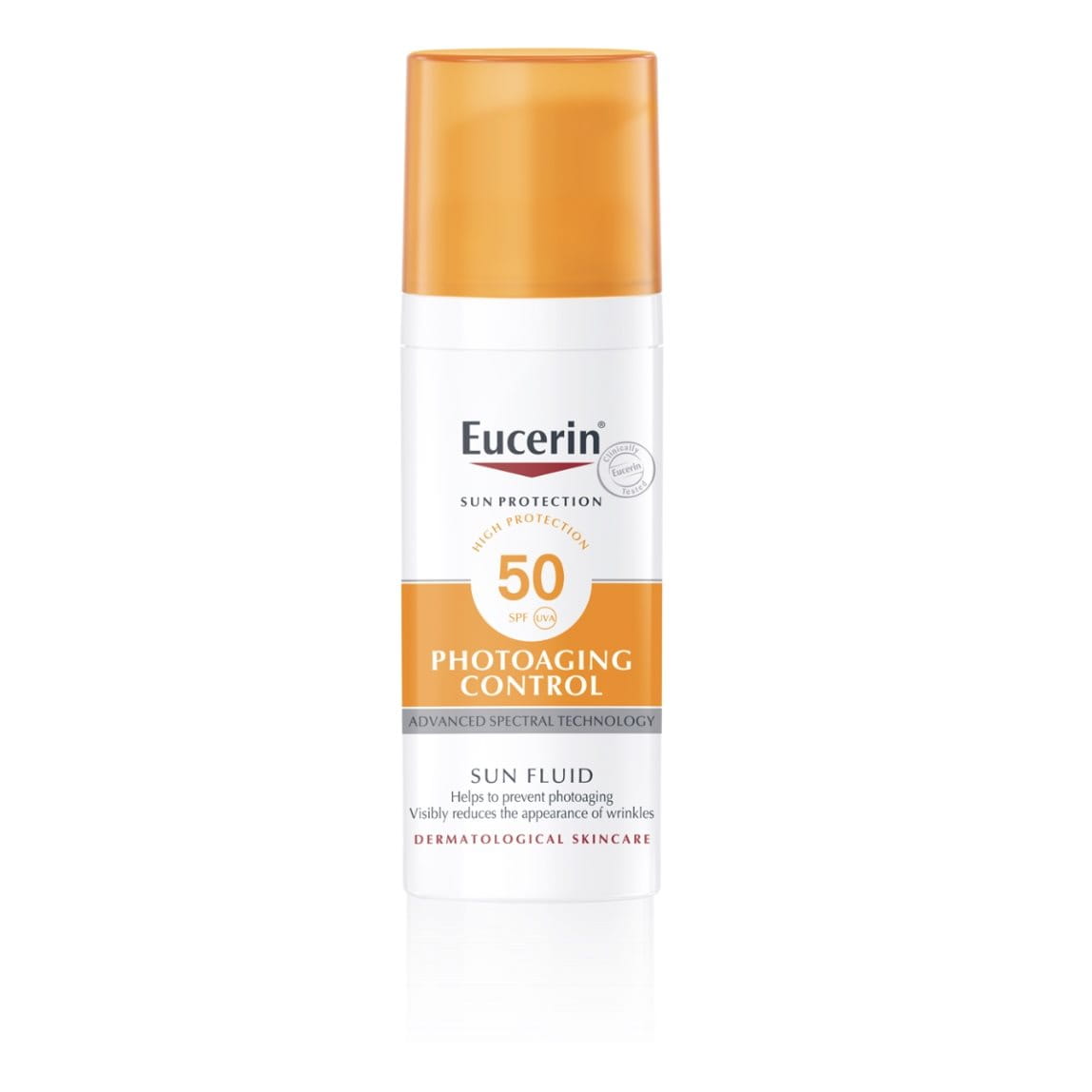While UVB rays penetrate the outermost layers of skin (the epidermis), HEV Light, like UVA rays, penetrates into the lower layers of skin (the dermis):
- UVB rays are responsible for sunburn. HEVIS Light has not been associated with sunburn.
- UVB rays and, to a lesser extent, UVA rays have been linked to DNA damage which can cause skin cancer.
- Both UVA rays and HEVIS Light can cause skin to age prematurely (photoage).
- UVA rays are the primary cause of sun allergies. UVB rays can also cause sun allergies, but to a lesser extent.
- UVA, UVB and HEVIS Light can induce hyperpigmentation and may contribute to conditions such as sun spots (also known as age spots), melasma and post-inflammatory hyperpigmentation.
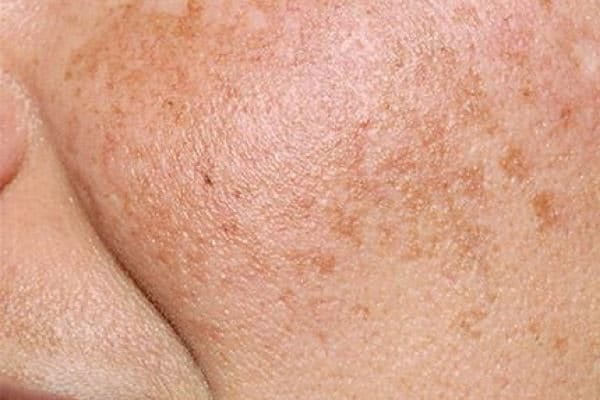
Alongside UVA and UVB, HEVIS Light can induce uneven skin pigmentation (often referred to as hyperpigmentation) and may contribute to conditions such as age spots (also known as sun spots), melasma and post-inflammatory hyperpigmentation.
Like UVA rays, HEVIS Light generates free radicals (also known as ROS – Reactive Oxygen Species). These free radicals cause skin cells to produce enzymes that break down the collagen and elastin that give skin its plump, youthful appearance. This process is often called oxidative stress and it’s what causes skin to photoage (age prematurely as a result of sun exposure).Aging is, of course, an entirely natural process, but when skin ages prematurely it may start to sag and develop deep wrinkles before its time.



